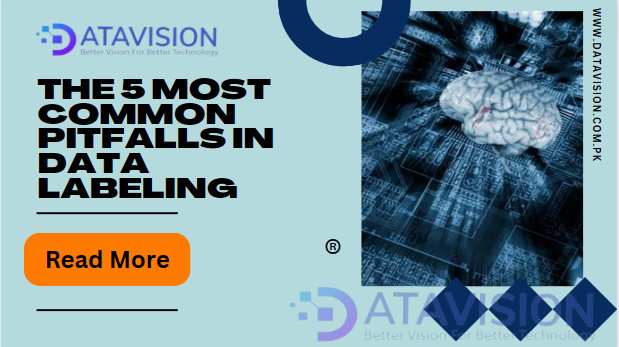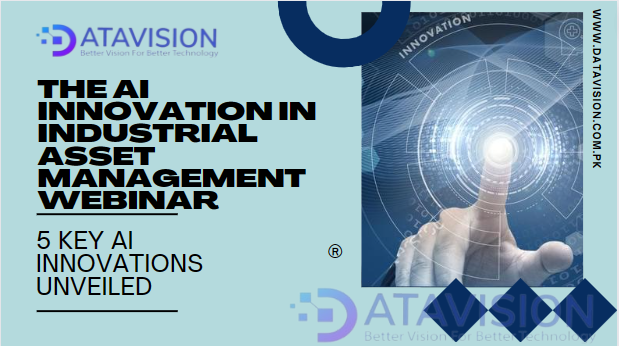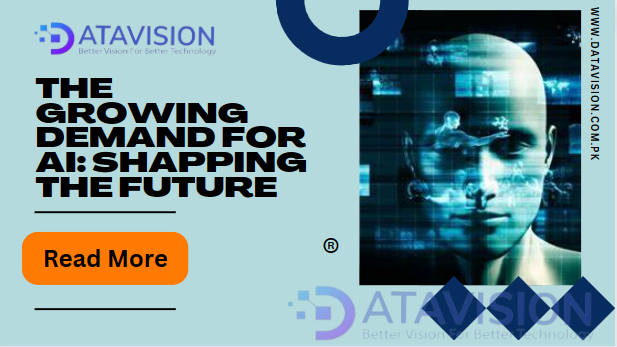Introduction
In today’s fast-paced business landscape, staying ahead of the competition requires harnessing the power of cutting-edge technologies. One such technology that has gained significant traction in recent years is computer vision. This revolutionary field empowers businesses to extract valuable insights from visual data, opening up new possibilities for innovation and efficiency. Among the crucial components of computer vision, segmentation labeling plays a pivotal role in unlocking its full potential.
Understanding Segmentation Labeling
Segmentation labeling is a process within computer vision that involves identifying and categorizing specific objects or regions within an image. Unlike traditional image recognition, which classifies an entire image, segmentation labeling enables a more granular analysis by delineating individual components. This fine-grained approach is achieved through the application of labels to different segments, allowing for a more nuanced understanding of the visual data.
The Impact on Business Goals
- Enhanced Precision in Object Recognition: Segmentation labeling enables businesses to achieve a higher level of precision in object recognition. By accurately delineating objects within an image, computer vision systems can better understand the context and relationships between different elements. This is particularly valuable in industries such as manufacturing, where precise identification of components is crucial for quality control and process optimization.
- Improved Decision-Making through Contextual Insights: Businesses thrive on informed decision-making, and segmentation labeling provides the necessary contextual insights for better-informed choices. For instance, in retail, understanding customer behavior within a store through segmentation labeling can lead to optimized store layouts, product placements, and enhanced customer experiences.
- Automation and Efficiency: The automation capabilities of computer vision, coupled with segmentation labeling, streamline various business processes. In logistics, for example, the ability to accurately identify and label items in a warehouse facilitates faster and more efficient inventory management. This, in turn, reduces operational costs and minimizes errors.
- Personalized Customer Experiences: Segmentation labeling also plays a crucial role in creating personalized customer experiences. In marketing, analyzing customer interactions through computer vision allows for targeted advertising and personalized recommendations based on individual preferences and behaviors.
- Security and Surveillance: In sectors like security and surveillance, segmentation labeling contributes to enhanced threat detection. By precisely identifying and labeling suspicious objects or activities in real-time, businesses can bolster their security measures, mitigating potential risks and ensuring the safety of their assets.
Challenges and Considerations
While segmentation labeling offers immense benefits, businesses must be mindful of certain challenges. These may include the need for large labeled datasets, potential biases in labeling, and ongoing model refinement to adapt to evolving scenarios. Collaborating with experienced professionals and staying abreast of advancements in computer vision technology can help overcome these challenges.
Conclusion
As businesses continue to embrace the transformative potential of computer vision, understanding the significance of segmentation labeling becomes paramount. This nuanced approach to visual data analysis empowers organizations to achieve their business goals by enhancing precision, improving decision-making, automating processes, personalizing customer experiences, and bolstering security measures. By integrating segmentation labeling into their operations, businesses position themselves at the forefront of innovation, gaining a competitive edge in an increasingly digitized and data-driven world.




